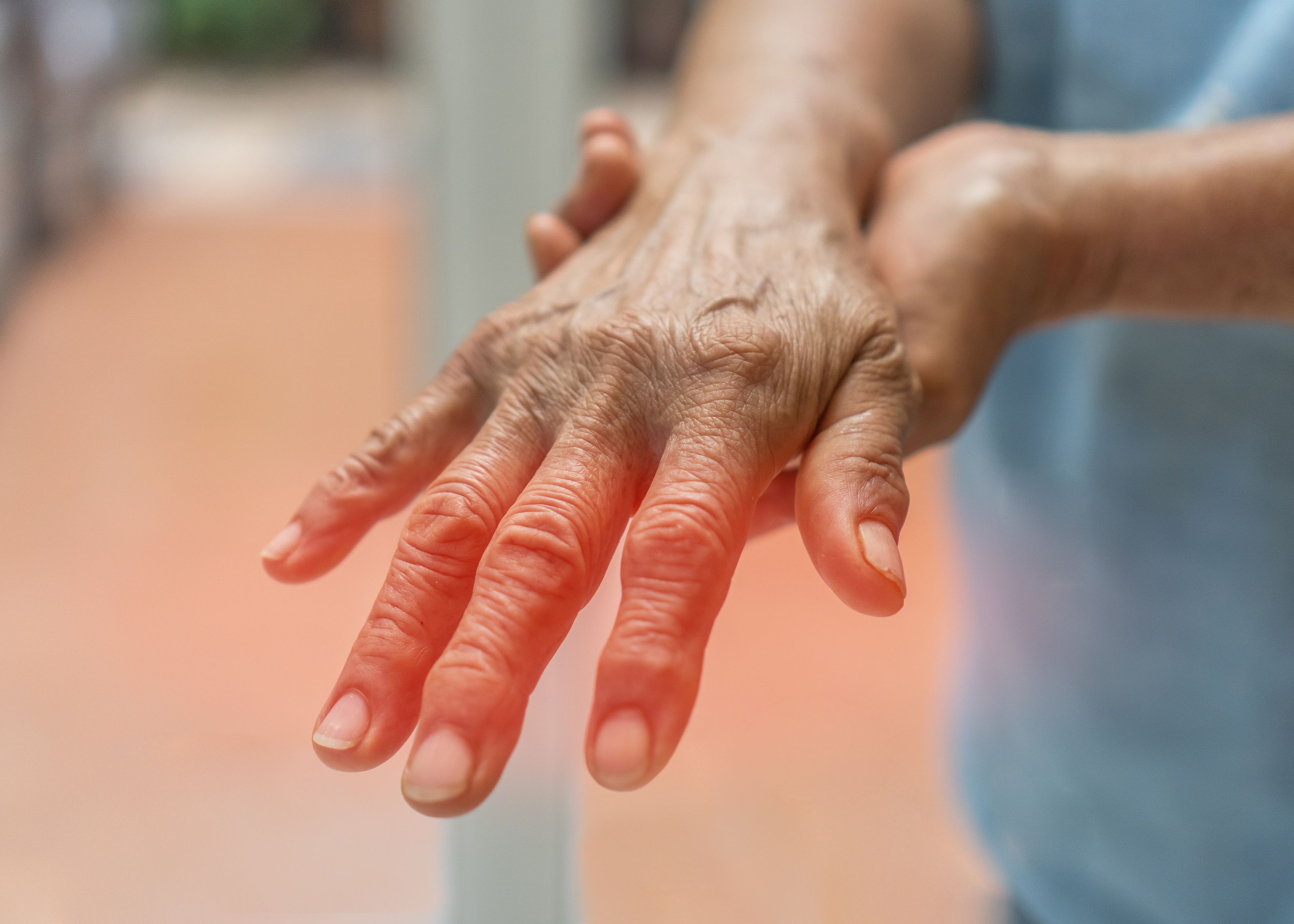ACT: What are some challenges we are currently seeing with data security and accuracy in bring-your-own-device (BYOD) models?
Liu: The biggest challenge with BYOD is the variability and the device itself because there’s the hardware manufacturer that has the operating system. There is what the user may have done to it, to customize it for their own liking and purposes. For example, if it’s a cell phone-based device. Also, when you buy a closed in device, let’s say you buy one of these fitness watches, you’re basically relying on that manufacturer, and how they implemented it, in terms of security, and issues around accuracy. So, variability is probably the biggest challenge with BYOD.
ACT: How can these challenges be addressed?
Liu: Depending on the situation, let’s put it in two camps, one is the closed in consumer wearables, like a fitness watch—there’s nothing that a user can do to modify it, they just simply use it. And then you have app-based devices, like iPhones and Android tablets where they might download an app, but the hardware is very unpredictable because it’s somebody’s personal device and they may have made a lot of changes to it or it may be an operating system that’s like five years back.
So let’s first address the former, which is the closed in devices where you buy off the shelf, whether it’s a fitness watch, or a weight scale, or something. I don’t think the average consumer pays too much attention to the medical accuracy of those things, they just sort of take it for granted that it’s going to be accurate. And if you want to be more predictable, I think you’d have to be kind of prescriptive on recommending to the users, what specific models to buy. The things that they can do such as check to see if the devices they purchase are actually cleared by the FDA, some of the parameters on there might be cleared by the FDA. So that gives you a certain level of assurance, it’s not a guarantee, but it’s better than just not having that. So there’s specifications like that, that people can look for, to make sure they’re getting something more accurate.
When it comes to the open-ended system, with the phone and whatnot, that gets more complicated, because the very variability goes up quite a bit. But similarly, if you’re going to have your patients use something that they already own, you have to be kind of prescriptive in terms of saying it has to have this type of operating system with this model, to ensure basically the compatibility of applications that they that they run on. So, for example, when we get involved in, whether it’s a healthcare provider, or clinical trials, and they want to allow the patients to bring their own devices, when you’re on phones, we have very defined specifications of what we can support. Outside of that, is not supported. So that has to be clearly communicated to the patient.




